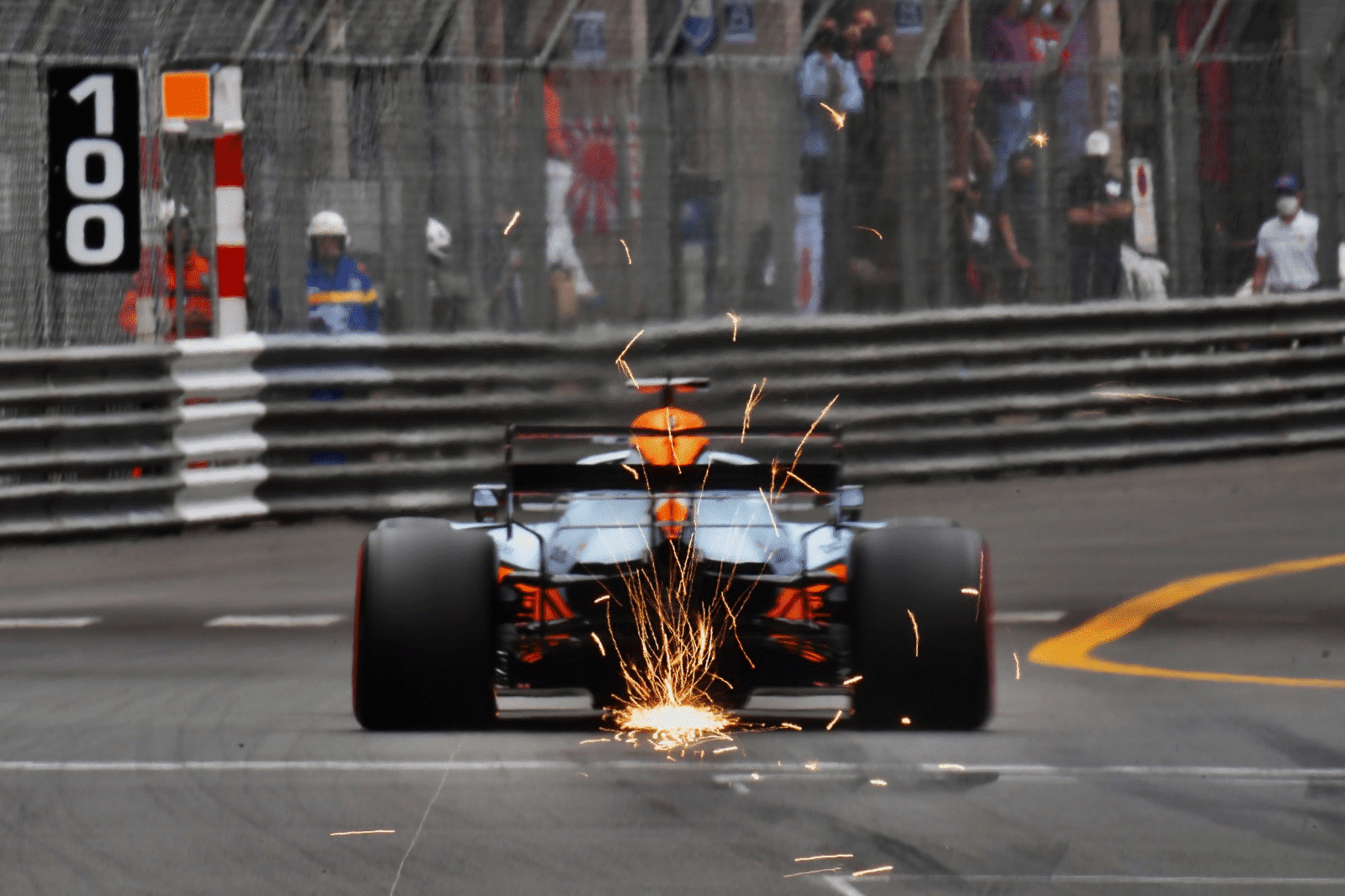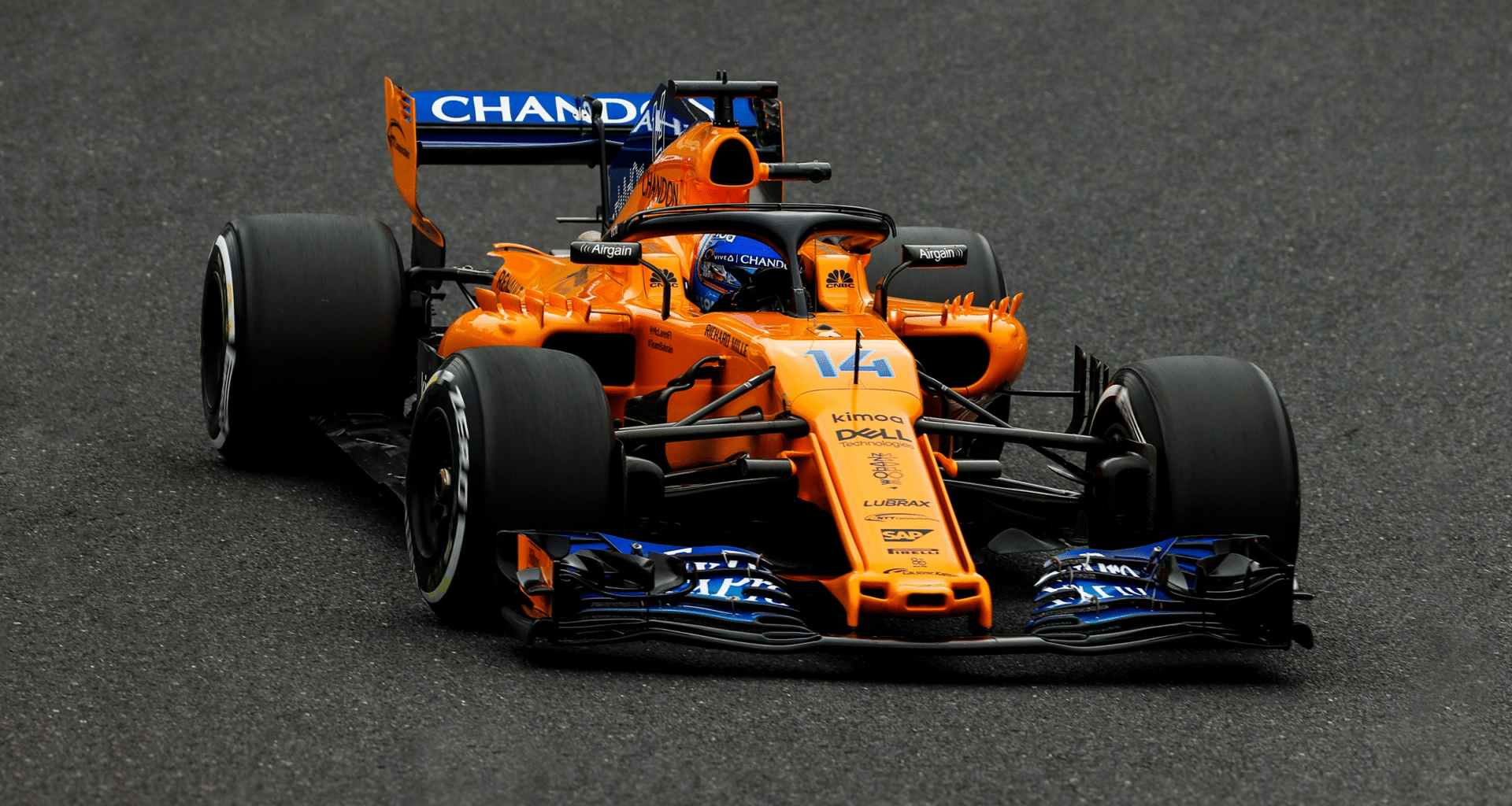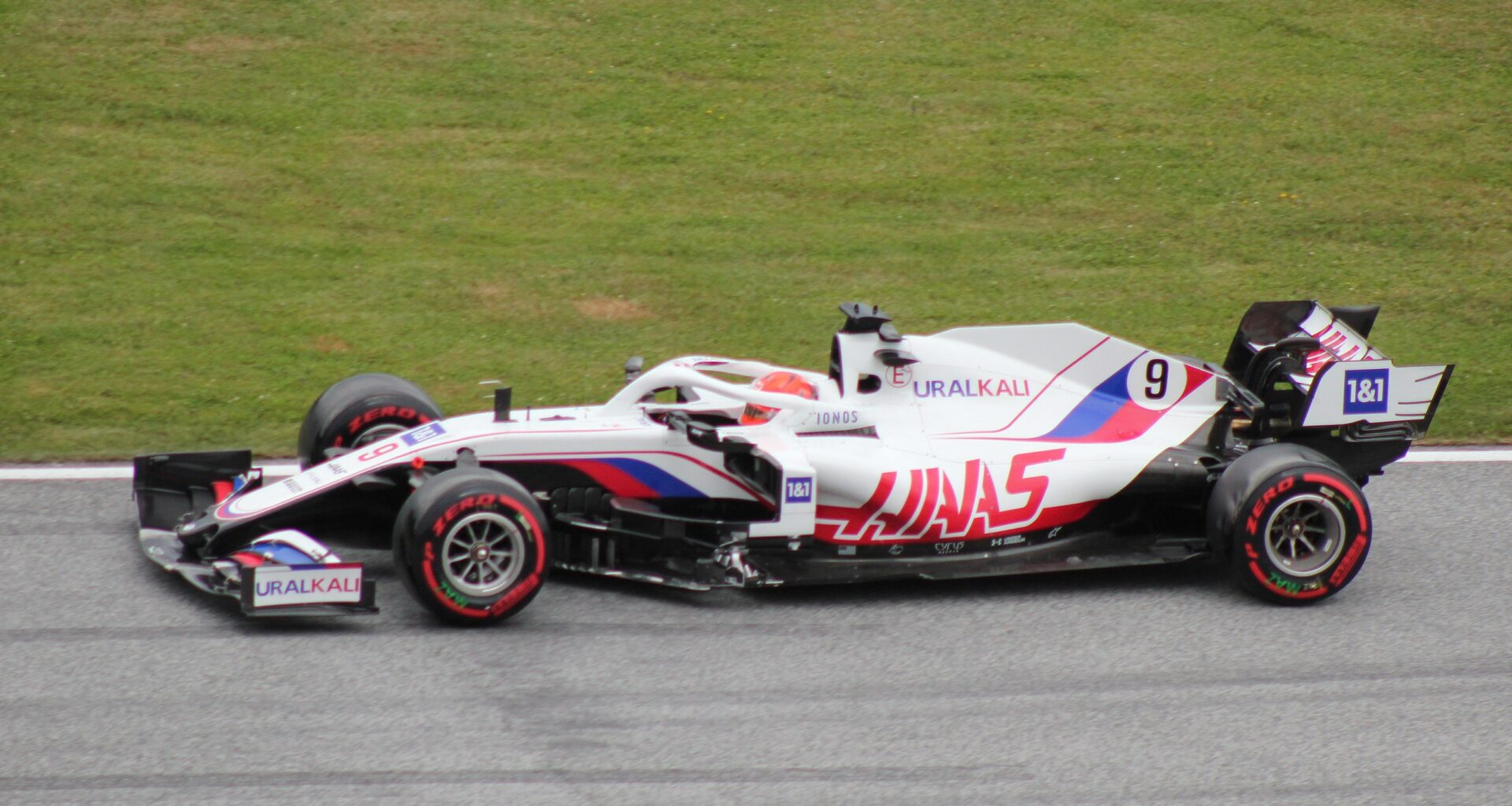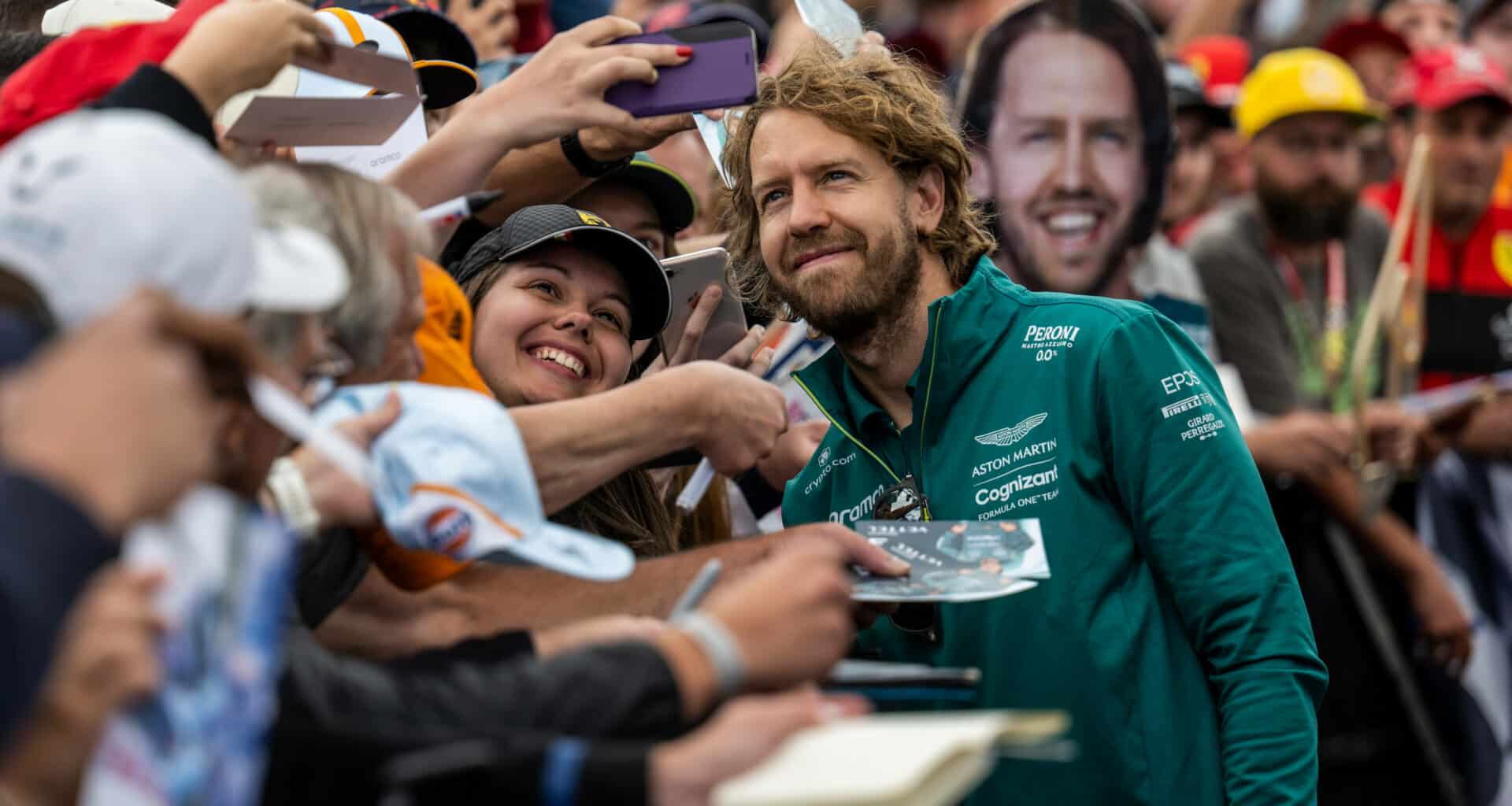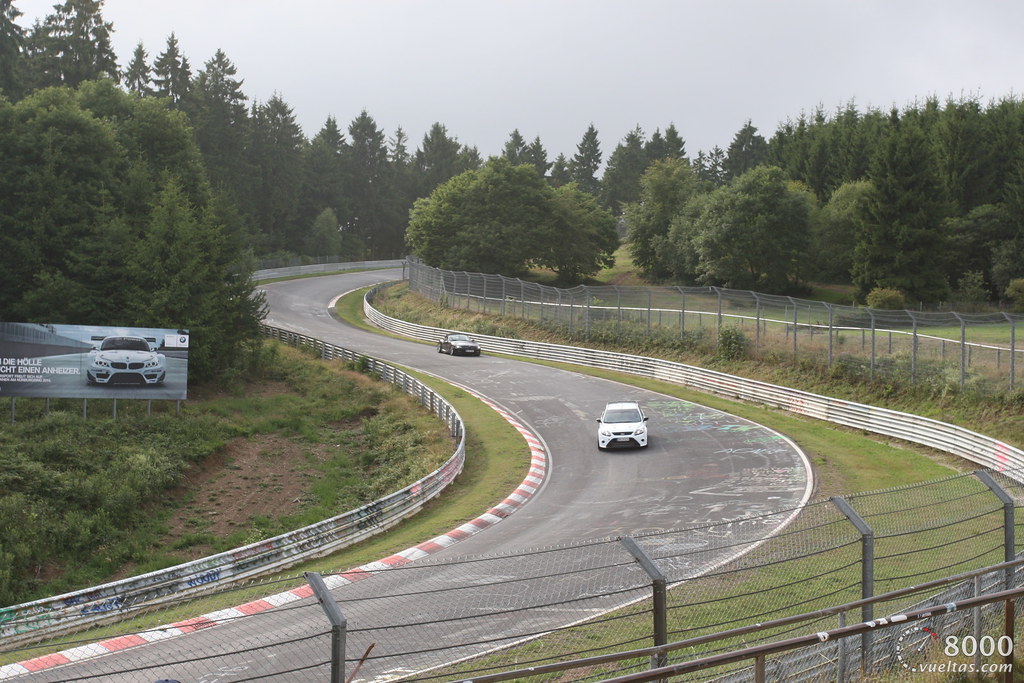Gravitational forces, known as g-forces, are an ever-present factor in the world of Formula 1. As drivers careen through curves at blinding speeds or come to sudden stops from over 200 mph, their bodies are subjected to intense g-forces that take immense physical endurance to withstand.
For fans, the dizzying speeds of F1 are a thrill to watch, but few truly appreciate the tremendous strains placed on drivers during a race. Understanding g-forces is essential to comprehending the sheer force drivers experience while extracting every ounce of performance from their vehicles.
This article will provide an in-depth examination of g-forces in Formula 1 racing. We’ll explore the physics of g-forces, how they affect drivers physically and mentally, past incidents and records, innovations in managing g-forces, and how drivers train to handle these intense forces on their bodies.
Table of Contents
The Physics of G-Forces
G-forces refer to the acceleration forces acting on an object when it accelerates, decelerates, or changes direction. In physics terms, 1 g is defined as the force of Earth’s gravity at sea level, which pulls objects down towards the Earth’s surface. The g is gravitational force, measured in comparison to Earth’s gravity.
G-forces are measured in multiples of g. For example, an acceleration force twice as strong as Earth’s surface gravity is 2 g. Drivers in Formula 1 regularly experience cornering forces over 2 g and up to 6 g depending on the circuit, with monstrous forces during crashes.
There are two main types of g-forces in racing:
- Positive g-forces – These forces act in the same direction as Earth’s gravity, pushing drivers backwards into their seats. Positive g’s are felt during acceleration and braking.
- Negative g-forces – These forces act in the opposite direction to Earth’s gravity, lifting drivers up and out of their seats. Negative g’s occur when cresting hills at speed or aggressive corners.
The most extreme forces in F1 are the lateral g-forces that act from the sides, especially through high speed corners. Drivers experience sustained lateral g’s when navigating curves at extreme speeds, and these lateral forces take an immense toll on their bodies.
How G-Forces Affect Drivers Physically

The astronomical g-forces F1 drivers regularly withstand place incredible strain on their bodies and physical endurance. Drivers must maintain intense concentration while their necks are supporting the weight of a heavy, helmeted head through lengthy 5+ g corners.
Their faces distort from the immense pressure inside their helmets, resulting in bruises and red marks across their cheeks and eye sockets after a race. Vision temporarily blurs, and drivers describe intense physical discomfort while navigating sustained heavy g-force corners. The demands require elite fitness levels to avoid blacking out from the strain.
Long-term exposure to high g-forces can also take a toll on the human body. There are concerns that the repeated forces could lead to concussions, spinal issues, and degeneration over an F1 career. Modern safety measures and fitness training regimens help manage the risks, but g-forces remain one of the most physically challenging elements of piloting an F1 car.
Mental Strength Under G-Forces
In addition to the physical demands, managing g-forces requires intense mental focus and conditioning. Drivers fight the survival instinct to ease off the throttle during lengthy high-g corners. They battle physical discomfort and blurred vision to maintain razor sharp concentration lap after lap.
Pushing through the pain barrier of sustaining heavy g-forces lap after lap demands mental strength and conditioning. Modern simulators help drivers train their minds and bodies to maintain precise control under the cumulative mental and physical strain.
Extreme G-Forces in Formula 1
The most g-force intensive corners in F1 include:
- Eau Rouge / Raidillon at Spa-Francorchamps, Belgium – up to 5 g
- Turn 8 at Istanbul Park, Turkey – 5 g
- Turns 11-14 at Circuit of The Americas, USA – up to 6g
These corners see drivers experiencing sustained g-forces for multiple seconds, compared to the momentary spikes seen in crashes. The high-speed Esses sequence at circuits like Suzuka and COTA (turns 11-14) require tremendous physical endurance from the drivers.
In crashes, the highest g-forces occur in extremely violent incidents that test the limits of vehicle safety systems:
- Max Verstappen recorded 51 g in his controversial 2021 crash with Lewis Hamilton at Silverstone.
- In 2020, Romain Grosjean registered 67 g during his terrifying crash at Bahrain, from which he somehow emerged largely unscathed.
Thankfully, modern safety measures like halo cockpit protection, HANS devices, and carbon fiber monocoques protect drivers from the worst effects of crashes. Safety has progressed enormously from the tragic days when crashes like Ayrton Senna‘s in 1994 proved fatal.
Technical Innovations for Managing G-Forces
Formula 1 engineers employ cutting-edge designs and innovations to help cars and drivers handle intense g-forces:
- Monocoque chassis – Made from carbon fiber composites, the one-piece chassis evenly distributes g-forces across its structure instead of the force concentrating in certain areas.
- HANS devices – The Head and Neck Support device stabilizes the driver’s head and neck under heavy braking or sustained cornering g-forces.
- Suspension systems – Sophisticated designs with complex geometries maximize tire grip and stability at high g-forces.
- Aerodynamics – Aggressive front and rear wings plus intricate barge boards generate extra downforce to push cars into the track under lateral g’s.
Cockpit safety measures are also essential, such as form-fitted seats with comprehensive padding and support. Headrests, six-point harnesses, and collapsible steering columns optimize safety while distributing g-forces effectively.
How Drivers Train for G-Forces
Managing g-forces starts with intensive training tailored specifically for motorsports endurance:
- Drivers strengthen neck muscles using resistance bands, weighted helmets, and exercises that mimic cornering forces.
- Core strength training reinforces back muscles to withstand sustained g-forces.
- Mental conditioning, breathing techniques, and meditation help drivers stay focused under physical duress.
- Training in racing simulators exposes drivers to sustained g-forces in a controlled environment.
During actual races, drinking systems and cooling suits help drivers withstand cockpit heat and dehydration. Securely fitted helmets and HANS devices distribute weight and forces. Mental focus and conditioning also prove vital to overcoming fatigue and disorientation.
Nutrition and Fitness
Strict nutrition and fitness regimes also help drivers optimize their physical preparation. Adequate hydration, balanced diets, and avoiding excessive weight loss prevent degradation of focus and reflexes. Neck strength exercises are a daily routine, not just occasional training.
Drivers treat their bodies like elite athletes, with every detail tailored to withstand the immense demands of maneuvering an F1 car at mind-bending speeds.
The Future of G-Forces in Formula 1
As Formula 1 prioritizes maximum speed and downforce, g-forces from cornering and braking will likely intensify further each season. This necessitates ongoing safety developments like:
- Further enhanced chassis integrity and cockpit protections like halo devices.
- Lighter and stronger helmets, HANS devices, padding and seats to distribute g-forces.
- Upgraded track barrier designs to dissipate violent impact forces.
However, human endurance limits suggest the maximum g-force drivers can realistically tolerate is around 10-12 g’s for brief moments. Engineers must pursue innovations responsibly, balancing progress with safety.
Simulators and Predictive Design
New simulator technology will allow engineers to model g-forces digitally to predict impacts. This guides design evolution while keeping forces within reasonable limits for drivers to handle.
Artificial intelligence may also start playing a role in predictive, automated design processes to engineers maximize performance within safe g-force limits.
The Role of G-Forces in Formula 1
G-forces are intrinsically linked to the exhilaration and danger inherent in Formula 1 racing. Drivers routinely withstand over 5 g’s while cornering, with record crashes producing forces exceeding 50 g’s. Safety advances protect drivers from the extremes, but physical training and mental endurance remain essential.
As cars achieve new levels of speed and downforce, managing g-forces will stay at the cutting edge of drivers and engineers pushing boundaries while staying within the limits of human endurance.
For fans, comprehending the effects of g-forces is key to appreciating the challenges drivers overcome to perform at the pinnacle of motorsport. Their ability to handle such forces lap after lap demonstrates the incredible combination of skill, fitness, courage, and concentration that separates Formula 1 drivers from the rest of humanity – they truly are superhumans behind the wheel.
